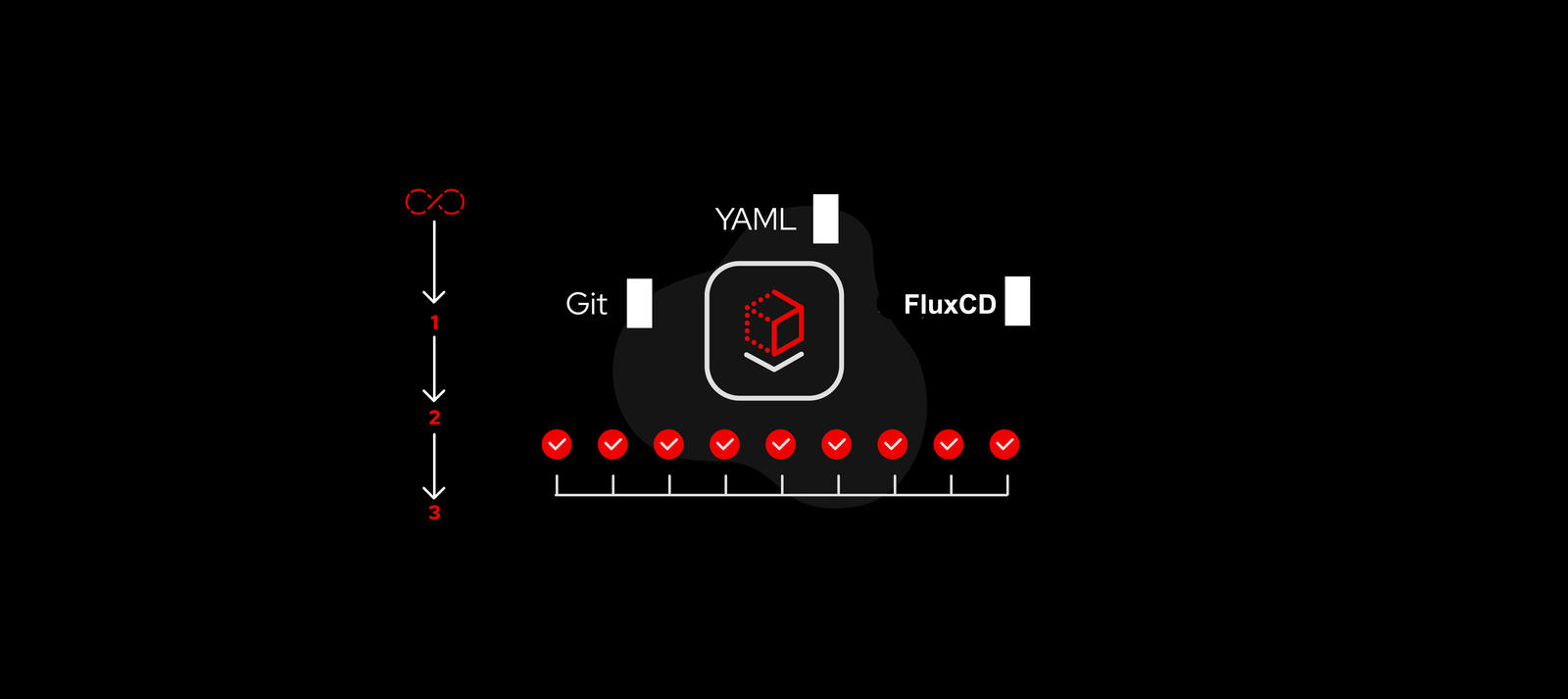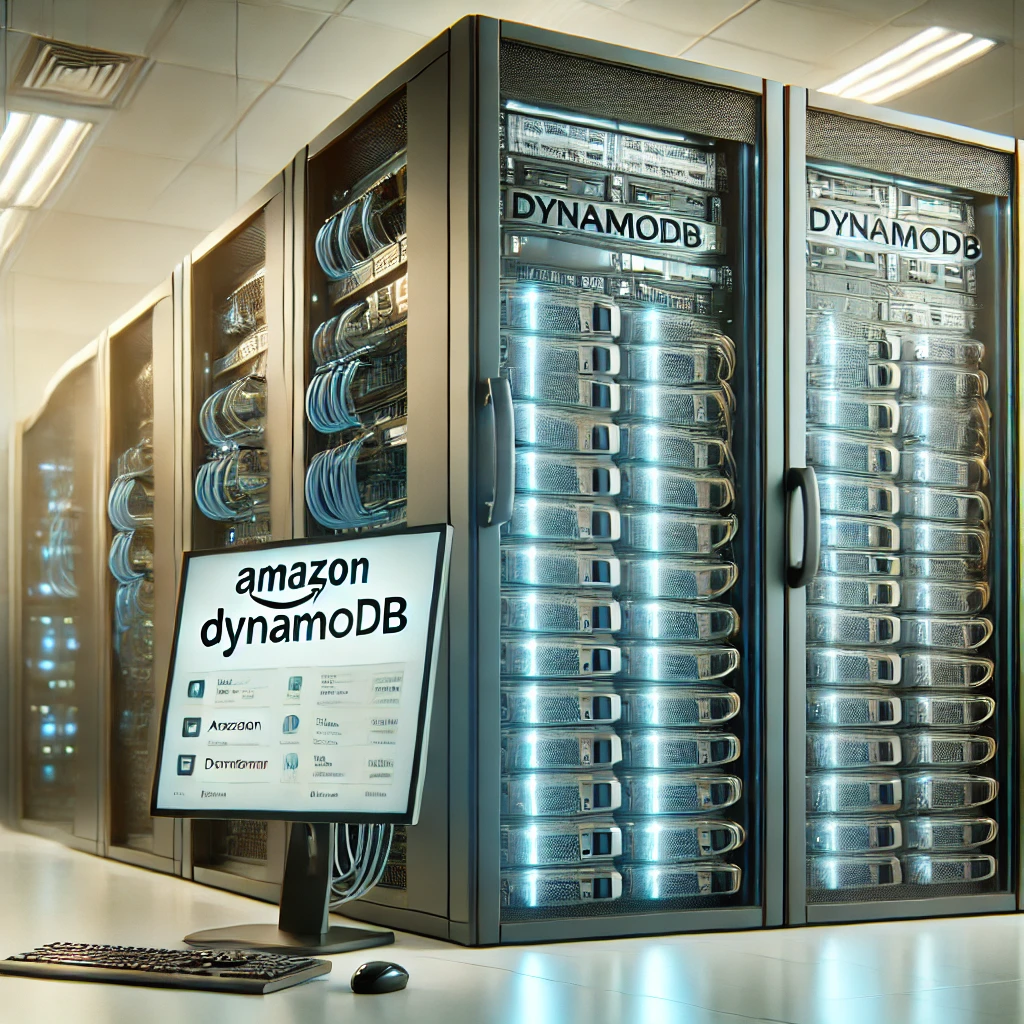Choosing the Right Tech Stack for Your Project: A Startup’s Guide
Choosing the best technology stack is crucial for startups. It’s like laying a strong foundation for a building – it determines your project’s success, scalability, and long-term viability. A good tech stack streamlines development, boosts performance, and sets you up for future growth. Conversely, a poor tech stack can slow you down, cause inefficiencies, and make it tough to adapt to changes. In simple terms, the tech stack is the backbone of your startup’s digital setup, shaping its path and ensuring it stays competitive in today’s digital world. This article will describe what factors to consider when you choose the best tech stack for your project.
Understanding the Tech Stack
A tech stack combines software tools, programming languages, and frameworks to build and run a digital application or website. The components of a tech stack are the front end, back end, and database. The front end, also known as the client side, is what users interact with directly. It includes your application or website’s user interface (UI) and user experience (UX) elements. Technologies commonly used in the front end include HTML for structuring web pages, CSS for styling and layout, and JavaScript for interactive features and functionality. Front-end developers often use frameworks and libraries like React, Angular, or Vue.js to streamline development and enhance user interactions.
The back end, or server-side, is responsible for the behind-the-scenes functionality of your application. It handles data storage, processing, and business logic. Common backend technologies include programming languages like Python, JavaScript (Node.js), Ruby, or Java, each with its frameworks and tools. Frameworks such as Django (Python), Express.js (JavaScript), Ruby on Rails (Ruby), or Spring (Java) provide developers with pre-built components and structures to simplify development tasks and accelerate the creation of robust backend systems.
The database is where your application stores and retrieves data. It’s crucial for storing user information, content, and other data required for your application to function. Types of databases commonly used in tech stacks include relational databases like MySQL, PostgreSQL, or SQLite, which organize data into tables with predefined relationships, and NoSQL databases like MongoDB or Firebase, which offer more flexibility and scalability for certain use cases.
Significance of Components Compatibility
Ensuring compatibility and synergy among the components of your tech stack is essential for seamless operation and efficient development. When the front-end, backend, and database technologies work well together. Data flows smoothly between the front-end and backend, enabling a seamless user experience. For example, when a user submits a form on the front end, the back end processes the data and stores it in the database, allowing for dynamic content updates without page refreshes.
Developers can collaborate more effectively as they understand and work within a shared technology environment. Consistent tooling, programming languages, and development patterns streamline communication and reduce friction when working on different application parts. Changes and updatyes can be implemented more efficiently, as compatibility reduces conflicts and integration issues. When components of the tech stack are well-integrated, changes in one area can be made with minimal disruption to other parts of the system, speeding up the development process and reducing downtime.
The performance and scalability of the app are optimized, leading to better user satisfaction and long-term viability. A well-designed tech stack ensures that your application can handle data volume and increased traffic as your user base grows without sacrificing performance or reliability.
Main Factors When Choosing the Best Tech Stack
By considering the main factors when selecting the tech stack for your startup, you can make informed decisions that align with your budget, growth objectives, development timeline, team capabilities, and security requirements. This approach ensures that your tech stack meets your immediate needs and supports your startup’s long-term success and sustainability.
Budget Constraints
Budget questions play an important role in choosing the tech stack for your startup. Different technologies come with varying costs, including licensing fees, hosting expenses, and developer salaries. Open-source technologies and frameworks may offer cost-effective solutions compared to proprietary software, allowing startups to allocate their resources more efficiently. Additionally, long-term maintenance and support costs are the main issues which should be considered.
Scalability
Scalability is crucial for startups aiming for growth and expansion. Selecting technologies that can scale seamlessly with your business ensures your application can handle increased user traffic and data volume over time. Cloud-based solutions and scalable infrastructure services provide flexibility and elasticity, allowing startups to adapt to changing demands without significant re-engineering efforts. Consider the scalability features of databases, web servers, and other tech stack components to avoid bottlenecks and performance issues as your startup grows.
Time to Market
Time to market is a critical factor for startups who consider to capture market opportunities quickly. Certain tech stacks offer rapid development frameworks and tools to expedite development. Low-code or no-code platforms allow startups to build and deploy applications faster by eliminating the need for extensive coding and development work. However, be cautious of choosing tech stacks solely based on short-term time-to-market gains, as prioritizing speed over quality and scalability may lead to technical debt and long-term challenges.
Developer Skill Set
The development team’s expertise plays a big role in determining the suitability of a tech stack for your startup. Evaluate the skills and experience of your team members to ensure they are proficient in the chosen technologies. Consider the availability of talent for your chosen stack, as hiring skilled developers with experience in specific technologies may be challenging or costly.
Security and Compliance
Prioritizing security measures and compliance with industry regulations is essential for protecting your startup’s data and maintaining user trust. Choose technologies and frameworks with robust security features and a track record of vulnerabilities promptly through regular updates and patches.
Ensure your tech stack complies with relevant regulations and standards, such as GDPR, HIPAA, or PCI DSS, depending on your industry and target market. Implement best practices for secure coding, data encryption, access control, and regular security audits to mitigate risks and safeguard sensitive information.
Popular Tech Stacks for Startups: Pros and Cons
According to Statista report 2023, Node.js surpassed React.js to claim the title of the most utilized web framework among software developers worldwide, per the findings published by Lionel Sujay Vailshery on January 19, 2024. The survey revealed that approximately 42.7% of respondents reported using Node.js, while 40.6% preferred React.js. Let’s delve into the most popular tech stacks.
LAMP Stack
The LAMP stack, consisting of Linux, Apache, MySQL, and PHP/Perl/Python, is a widely used tech stack for web development. The LAMP stack is well-suited for startups developing dynamic websites, content management systems (CMS), e-commerce platforms, and web applications with moderate traffic and data processing requirements. It is commonly used in e-commerce, blogging, and small to medium-sized businesses.
Advantages:
Cost-effective: Many components of the LAMP stack are open-source. It makes it a cost-effective solution for startups with limited budgets.
Flexibility: LAMP offers flexibility in terms of programming languages, allowing developers to choose between PHP, Perl, or Python based on their preferences and project requirements.
Community support: With a large and active community, LAMP stack users can easily find resources, documentation, and support for troubleshooting.
Disadvantages:
Scalability challenges: While LAMP can handle small to medium-scale projects efficiently, it may encounter scalability challenges as projects grow in complexity and user base.
Performance issues: In certain scenarios, the performance of PHP/Perl/Python-based applications may be lower compared to Java or C++.
Security concerns: Managing security updates and vulnerabilities in the LAMP stack requires proactive measures to ensure the safety of web applications.
MEAN Stack
The MEAN stack comprises MongoDB, Express.js, AngularJS, and Node.js, offering a full-stack JavaScript solution for building dynamic web applications. MEAN stack is suitable for startups building real-time applications, single-page applications, collaborative tools, and social networks. It is commonly used in social media, gaming, and IoT industries.
Benefits:
Single language: MEAN allows developers to use JavaScript throughout the entire development stack, simplifying the development process and reducing the learning curve.
Real-time capabilities: With Node.js and MongoDB, MEAN stack applications can handle real-time data processing and updates efficiently, making it ideal for applications requiring live interaction.
Scalability: MEAN stack applications can easily scale horizontally by adding more servers, thanks to Node.js’s non-blocking, event-driven architecture.
MERN Stack
Similar to MEAN, the MERN stack consists of MongoDB, Express.js, and Node.js but replaces AngularJS with React.js for front-end development. MERN stack is ideal for startups focusing on building high-performance web applications, progressive web apps, and single-page applications. It is commonly used in industries such as e-commerce, SaaS, and data visualization.
Similarities:
JavaScript-based: Like MEAN, MERN offers a unified JavaScript development environment, enabling seamless communication and collaboration between front-end and backend developers.
Real-time capabilities: MERN stack applications leverage Node.js’s event-driven architecture and MongoDB’s flexibility to handle real-time data updates and processing efficiently.
Differences:
Front-end framework: MERN uses React.js instead of AngularJS for front-end development. React’s component-based architecture and virtual DOM make it well-suited for building interactive and responsive user interfaces.
MERN stack is ideal for startups focusing on building high-performance web applications, progressive web apps (PWAs), and single-page applications (SPAs). It is commonly used in industries such as e-commerce, SaaS (Software as a Service), and data visualization.
Django Stack
Django is a high-level Python web framework that follows the Model-View-Controller (MVC) architectural pattern, offering a robust and scalable solution for web development. Django is well-suited for startups developing content management systems (CMS), social networks, online marketplaces, and data-driven web applications. It is commonly used in industries such as social media, e-commerce, and healthcare.
Advantages:
Rapid development: Django’s built-in features, including an ORM (Object-Relational Mapping) system, authentication, and admin interface, enable rapid prototyping and development of web applications.
Security: Django gives built-in security features such as CSRF (Cross-Site Request Forgery) protection, SQL injection prevention, and user authentication, helping startups mitigate common security risks.
– Scalability: Django’s scalability is demonstrated by its use in high-traffic websites like Instagram and Pinterest, showcasing its ability to handle large-scale applications.
Serverless Architecture
Function as a Service (FaaS), abstracts server management and infrastructure complexities, allowing startups to focus on application logic without managing servers. Serverless architecture is suitable for startups developing microservices-based applications, event-driven applications, and APIs. It is commonly used in industries such as SaaS, IoT, and mobile app backends.
Benefits:
Reduced infrastructure costs: With serverless computing, startups pay only for the resources consumed by their applications, eliminating the need for provisioning and maintaining servers.
Scalability: Serverless platforms automatically scale applications based on demand, ensuring consistent performance and reliability without manual intervention.
Simplified deployment: Deploying serverless applications is streamlined, with cloud providers handling infrastructure provisioning, scaling, and monitoring automatically.
In summary, startups’ choice of tech stack depends on various factors, including project requirements, scalability needs, development expertise, and industry standards. By understanding the advantages and disadvantages of popular tech stacks and their suitability for different projects or industries, startups can make informed decisions that align with their goals and objectives, ultimately contributing to the success of their ventures.
Are you a startup looking to confidently navigate the complex landscape of tech stacks? Let Bewort be your trusted guide. With our expertise in providing tailored tech solutions for startups, we can help you choose the best tech stack that aligns with your project goals, budget, and scalability needs.
Contact Bewort today to schedule a consultation with our team of experienced professionals.
FAQ
What factors should startups consider when selecting a tech stack?
Startups should consider factors such as budget constraints, scalability needs, time to market, developer skill set, and security requirements when selecting a tech stack. Evaluating these factors can help startups make informed decisions that comply with the requirements, project goals and objectives.
How do I know which tech stack is right for my startup?
The right tech stack for your startup depends on various factors, including the nature of your project, scalability needs, development expertise, and industry standards. Conducting thorough research, consulting with tech experts, and assessing your requirements can help you determine the most suitable tech stack for your startup.
Can I change my tech stack after starting development?
While changing your tech stack during the development process is possible, it can be costly and time-consuming. It’s essential to carefully evaluate your tech stack options and make informed decisions before developing to minimize the need for changes later. However, if necessary, consulting with experienced developers can help you transition to a new tech stack smoothly.
What are the advantages of using serverless architecture for startups?
Serverless architecture offers several advantages for startups, including reduced infrastructure costs, simplified deployment, automatic scaling, and enhanced flexibility. By abstracting server management and infrastructure complexities, startups can focus on scaling the apps without worrying about managing servers or provisioning resources.
How can Bewort help startups with selecting the right tech stack?
Bewort specializes in providing tailored tech solutions for startups, including expert guidance on selecting the right tech stack. Our team can assess your project requirements, budget constraints, and scalability needs to recommend the most suitable tech stack for your startup. With Bewort’s support, startups can make informed decisions that set them up for success in today’s competitive digital landscape.



